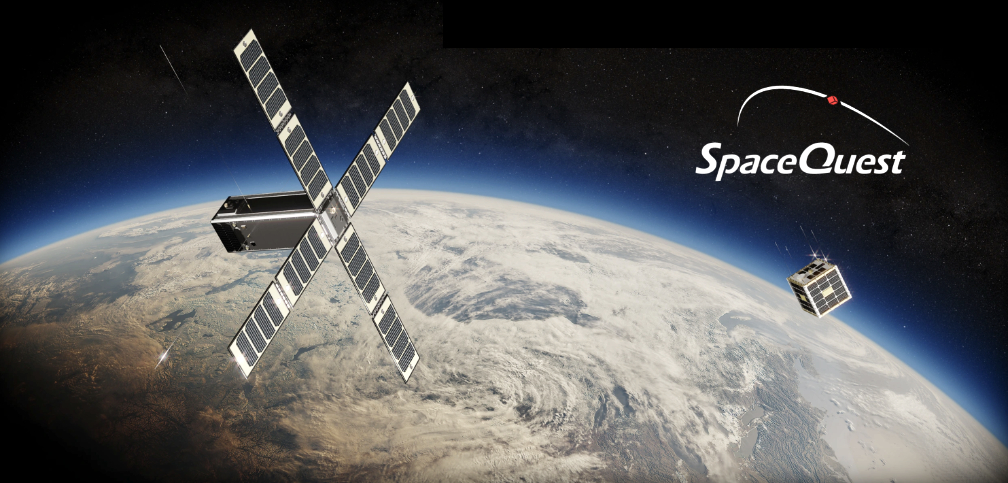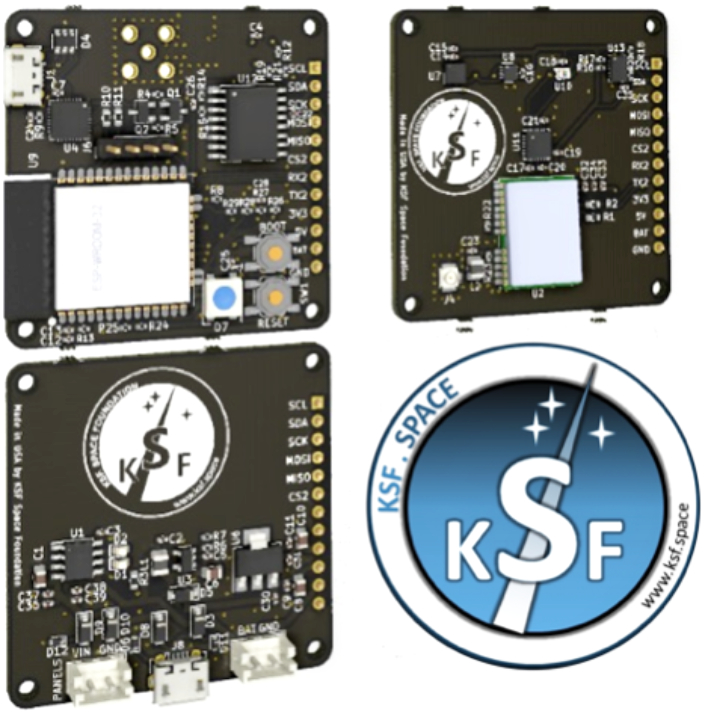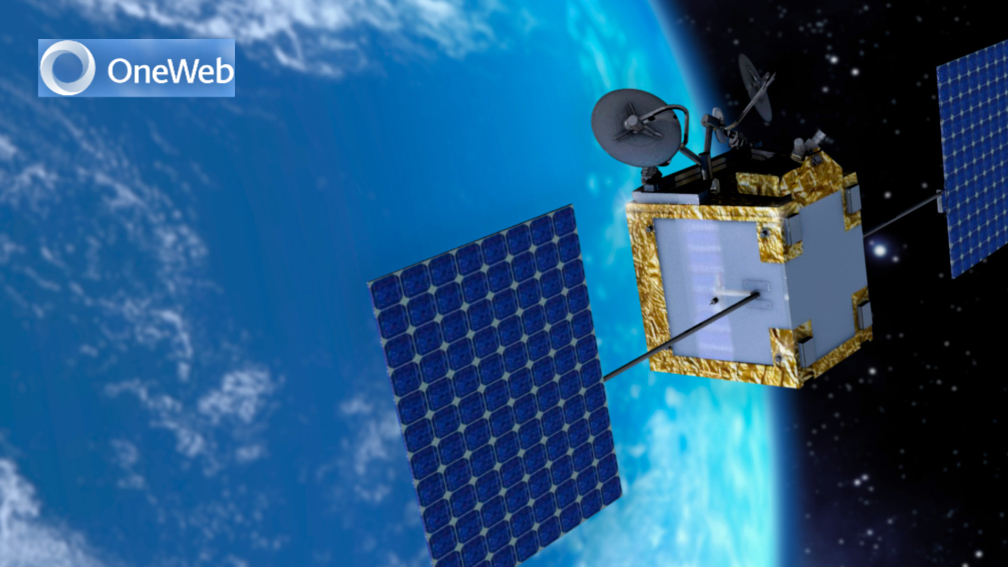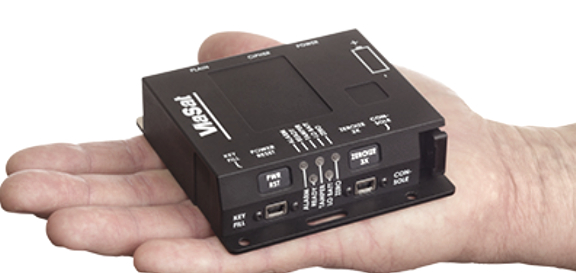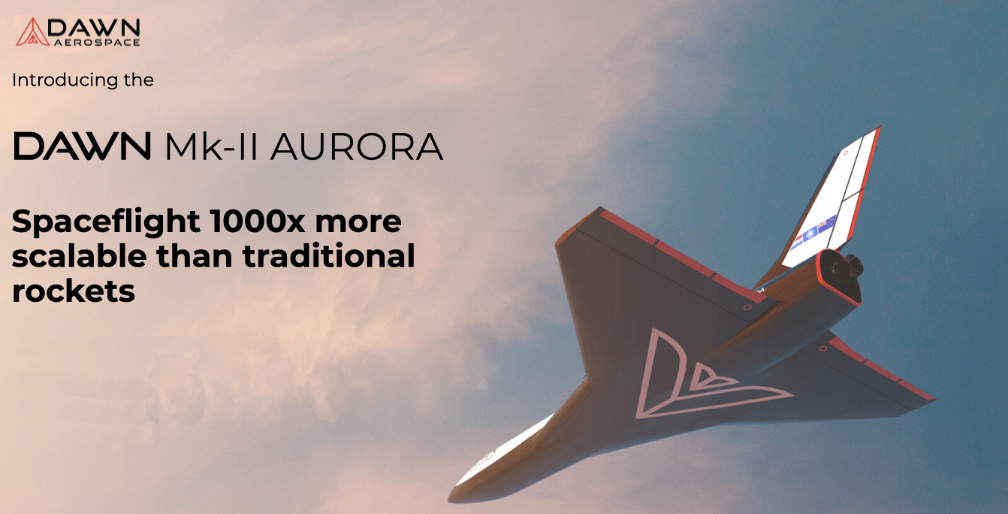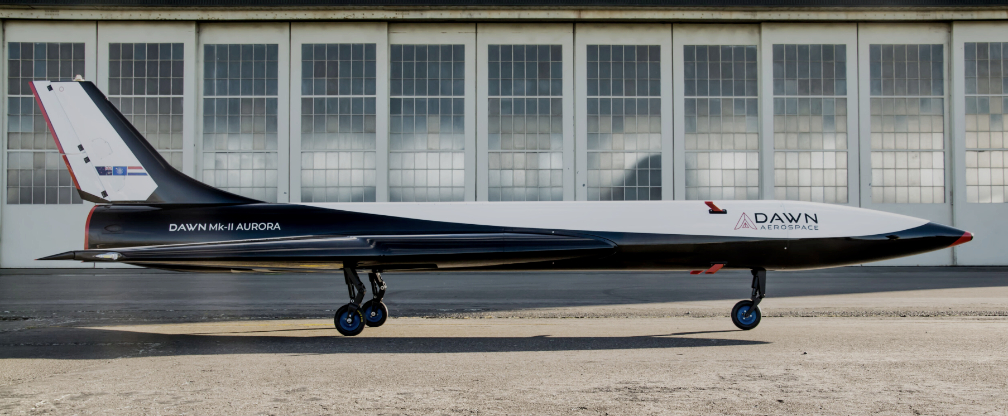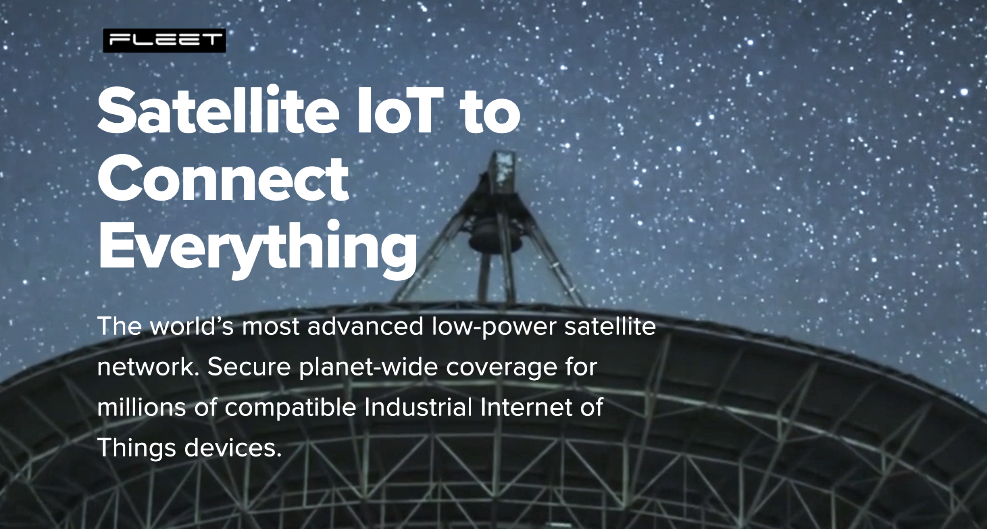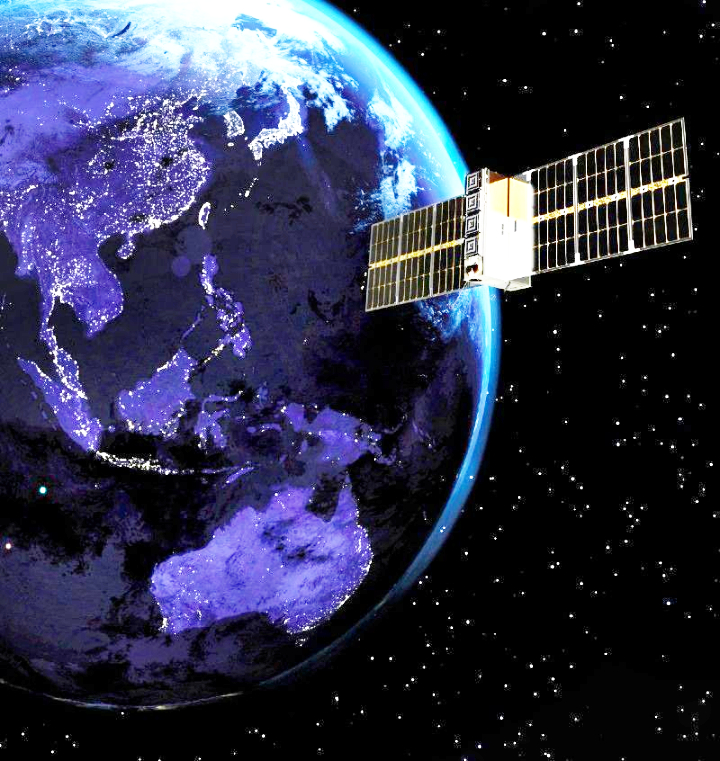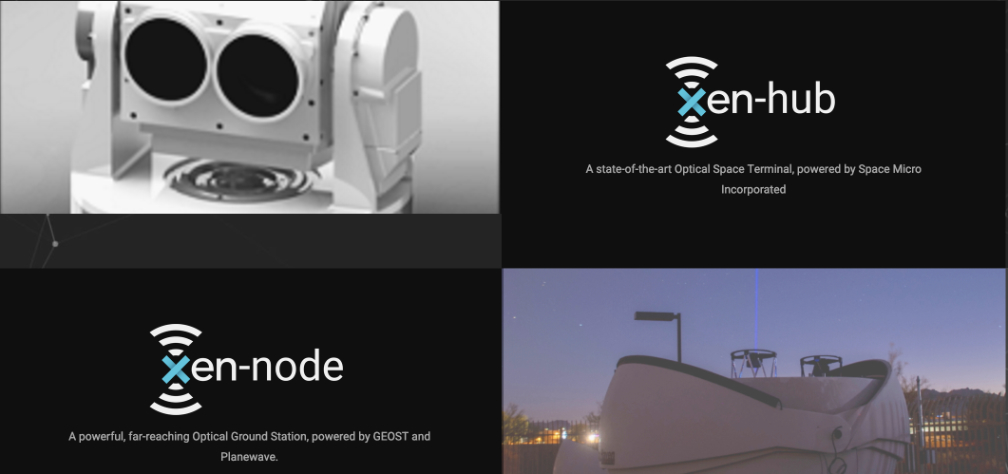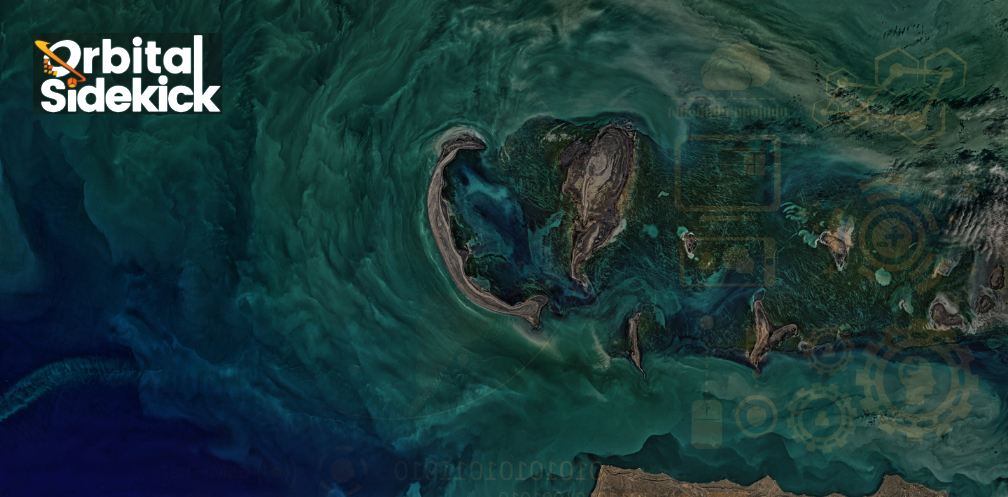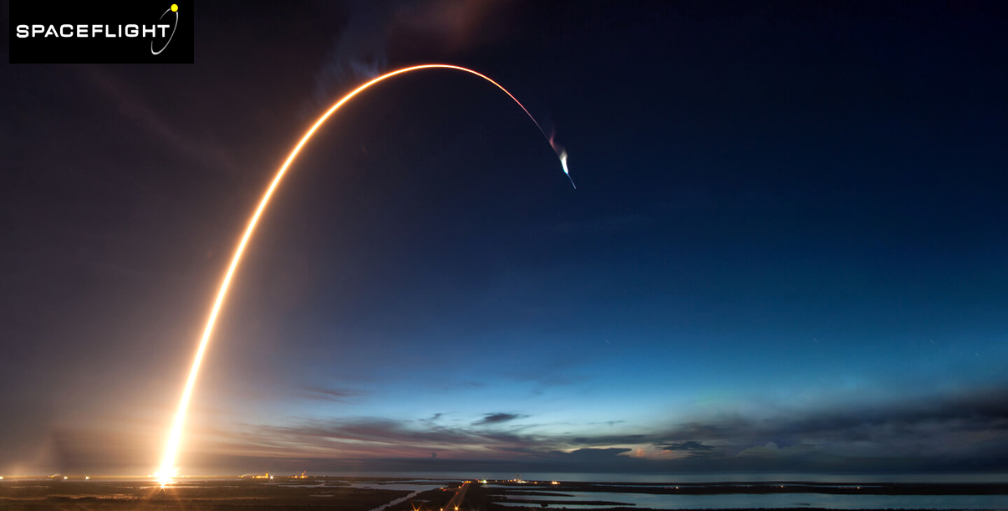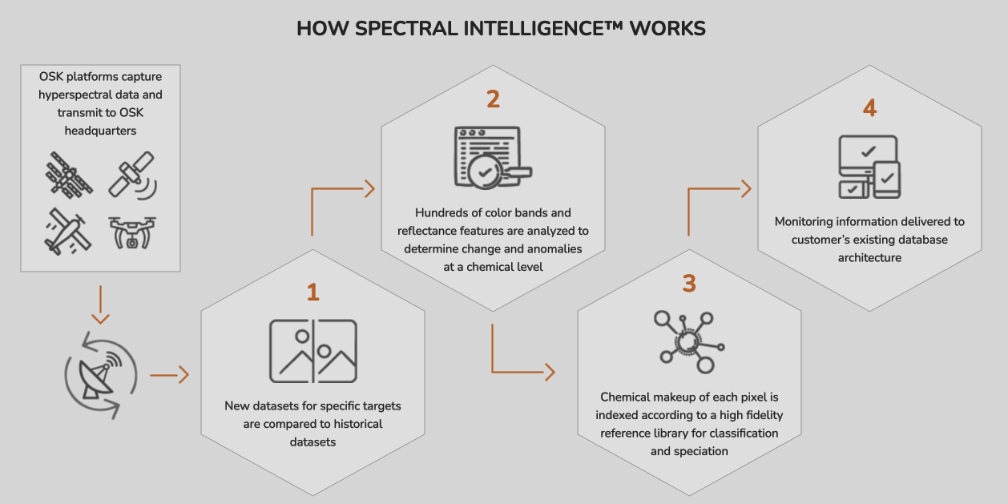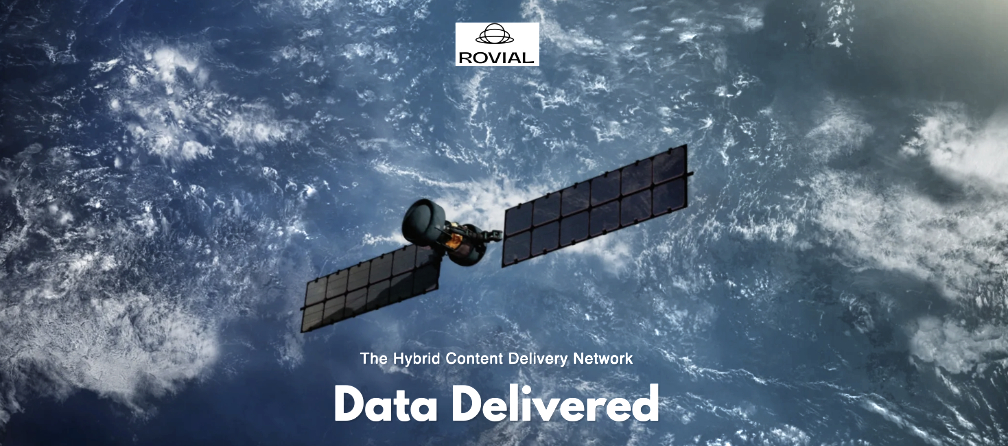
According to Fact.MR.com, the all-electric satellite market is projected to be valued at more than $18 billion and is poised to grow at a staggering CAGR of over 11% during the forecast period.
As existing operators are preferring all-electric propulsion mechanisms, the satellite industry is witnessing a steady uptake of all-electric satellites. All-electric satellites are a new category of satellites providing extended mission time along with improved efficiency. They often weigh lesser than the traditional satellites. This leads to decreased satellite operator launch costs. The market is expected to witness many operators who show a pronounced shift towards all-electric satellite solutions as part of their future and current missions, with the possibility of low-weight satellites capturing their interest.
Key takeaways from this report..
- More than 30% of all the all-electric satellites launched in 2018 were for commercial communication purposes
- Though civil operators are increasingly adopting all-electric satellites, military surveillance operators remain slow to embrace
- Earth Observation (EO) and remote sensing applications will grow at the highest CAGR of over 12% as operators are starting to diversify targeting applications
- North America holds the largest share (~35%) within the global all-electric satellite market. The presence of prominent space organizations such as NASA is attributing to such growth
- APAC is anticipated to showcase the highest growth rates (over 14%), especially in nations such as China and India, due to the growing downstream applications which are facilitating growth
“Although the market is at its foundation stage where the all-electric parts are a robust component of the conventional commercial satellites, the gradual shifting to all-electric platforms is evident. The market is embracing a combination of hybrid, traditional and all-electric platforms,” stated a Fact.MR analyst.
Boeing SA was the first contributor towards the all-electric satellites industry in 2012 with a four-satellite watershed contract. In the aftermath of that contract, space agencies and other companies around the world have increased their investments in electric propulsion for use in research missions that go mainstream in the commercial sector.
Manufacturers of all-electric satellites are now trying to find novel ways of increasing their market share for electric propulsion while not ignoring traditionally inclined customers. However, the allures of economies of scale and less reliance on external suppliers makes vertical integration difficult in the all-electric satellite market. Presently, vertical integration is an expensive business practice, with major associated risks.
Additional report information is available at this direct link…
Request a sample of this report at this direct link…


